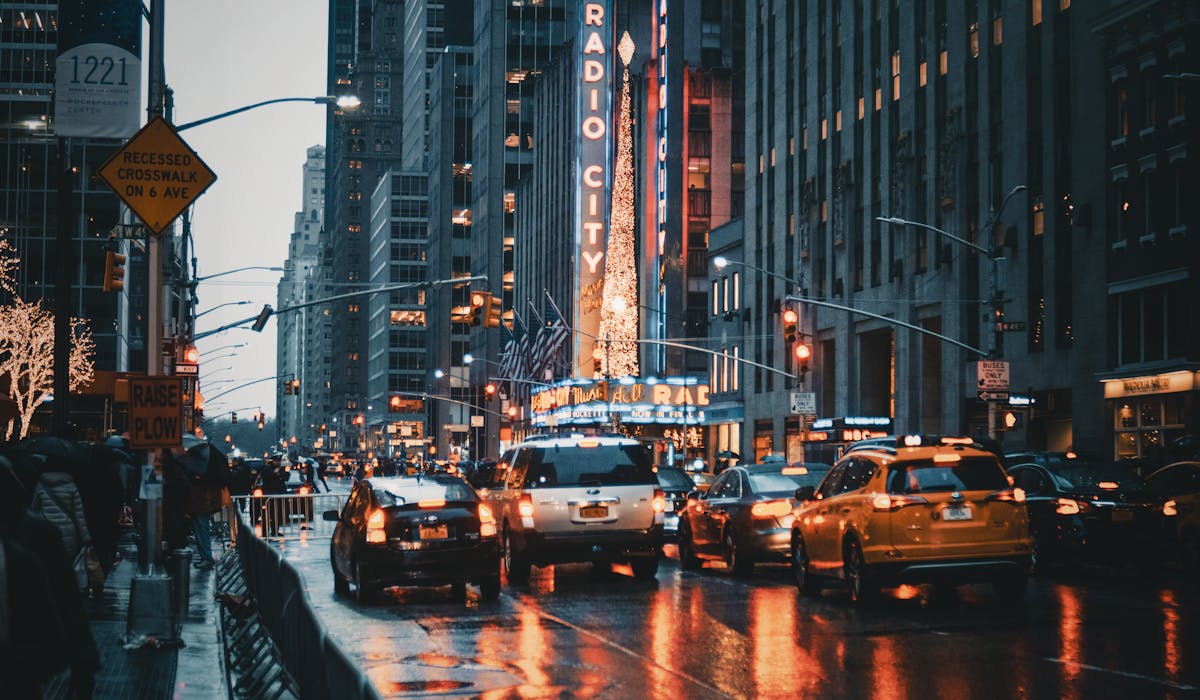Framing Streets Can Be Fun For Anyone
Wiki Article
The Main Principles Of Framing Streets
Table of ContentsThe Single Strategy To Use For Framing StreetsIndicators on Framing Streets You Should KnowA Biased View of Framing StreetsThe Definitive Guide to Framing StreetsLittle Known Questions About Framing Streets.Not known Factual Statements About Framing Streets
Photography category "Crufts Dog Program 1968" by Tony Ray-Jones Street digital photography (additionally occasionally called honest photography) is digital photography carried out for art or inquiry that features unmediated possibility experiences and random incidents within public areas, generally with the goal of recording pictures at a decisive or poignant moment by careful framing and timing. 
3 Simple Techniques For Framing Streets
Susan Sontag, 1977 Road photography can concentrate on people and their behavior in public. In this respect, the road professional photographer is comparable to social docudrama digital photographers or photojournalists that likewise operate in public places, yet with the purpose of catching relevant events. Any one of these professional photographers' images may record people and residential or commercial property visible within or from public places, which typically involves browsing ethical problems and laws of personal privacy, safety and security, and residential or commercial property.Representations of everyday public life develop a genre in practically every duration of world art, starting in the pre-historic, Sumerian, Egyptian and very early Buddhist art durations. Art managing the life of the road, whether within views of cityscapes, or as the leading concept, appears in the West in the canon of the Northern Renaissance, Baroque, Rococo, of Romanticism, Realism, Impressionism and Post-Impressionism.
Framing Streets Things To Know Before You Buy
Louis Daguerre: "Boulevard du Temple" (1838 or 1839) In 1838 or 1839 the very first picture of numbers in the road was recorded by Louis-Jacques-Mand Daguerre in one of a pair of daguerreotype views drawn from his workshop home window of the Blvd du Holy place in Paris. The 2nd, made at the elevation of the day, shows an uninhabited stretch of street, while the other was taken at about 8:00 am, and as Beaumont Newhall reports, "The Boulevard, so continuously filled with a moving crowd of pedestrians and carriages was flawlessly solitary, except an individual that was having his boots cleaned.Subsequently his boots and legs were well defined, yet he is without body or head, because these were in movement." Charles Ngre, waterseller Charles Ngre. https://www.cheaperseeker.com/u/framingstreets1 was the initial digital photographer to acquire the technological class called for to sign up people in motion on the road in Paris in 1851. Digital Photographer John Thomson, a Scotsman collaborating with journalist and social protestor Adolphe Smith, released Street Life in London in twelve monthly installments beginning in February 1877
Framing Streets Can Be Fun For Anyone
Eugene Atget is considered as a progenitor, not since he was the very first of his kind, however as a result of the popularisation in the late 1920s of his record of go to this website Parisian roads by Berenice Abbott, who was motivated to embark on a comparable paperwork of New York City. [] As the city developed, Atget assisted to advertise Parisian streets as a worthwhile subject for digital photography.
Framing Streets Fundamentals Explained
The principal Mass-Observationists were anthropologist Tom Harrisson in Bolton and poet Charles Madge in London, and their initial report was created as guide "May the Twelfth: Mass-Observation Day-Surveys 1937 by over two hundred onlookers" [] Home window cleaner at Kottbusser Tor, Berlin, by Elsa Thiemann c. 1946 The post-war French Humanist School digital photographers discovered their topics on the road or in the bistro. In between 1946 and 1957 Le Groupe des XV annually exhibited job of this kind. Andre Kertesz. Circus, Budapest, 19 May 1920 Road photography formed the major material of 2 events at the Gallery of Modern Art (Mo, MA) in New york city curated by Edward Steichen, 5 French Photographers: Brassai; Cartier-Bresson, Doisneau, Ronis, Izis in 1951 to 1952, and Post-war European Photography in 1953, which exported the idea of street photography worldwide.
The Basic Principles Of Framing Streets
The recording equipment was 'a concealed cam', a 35 mm Contax concealed under his layer, that was 'strapped to the breast and connected to a long cord strung down the ideal sleeve'. His job had little contemporary influence as due to Evans' sensitivities about the creativity of his task and the privacy of his topics, it was not published up until 1966, in the book Lots of Are Called, with an introduction created by James Agee in 1940.Helen Levitt, then an instructor of young kids, related to Evans in 193839. She documented the temporal chalk drawings - copyright a7iv that belonged to kids's road society in New York at the time, in addition to the youngsters who made them. In July 1939, Mo, MA's brand-new digital photography section included Levitt's operate in its inaugural exhibitionRobert Frank's 1958 publication,, was considerable; raw and frequently out of focus, Frank's images examined traditional photography of the moment, "tested all the formal rules set by Henri Cartier-Bresson and Walker Evans" and "contradicted the wholesome pictorialism and wholehearted photojournalism of American magazines like LIFE and Time".
Report this wiki page